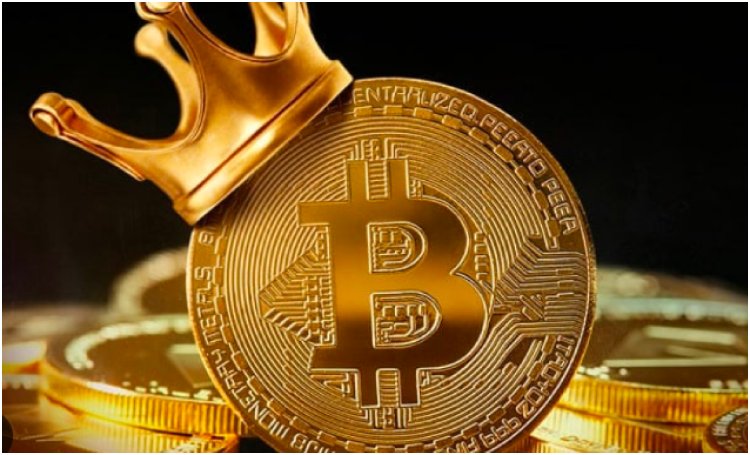Bitcoin Halving: Potentially Transforming the Cryptocurrency into a Scarcer Asset Than Gold.
Bitcoin Halving: Potentially Transforming the Cryptocurrency into a Scarcer Asset Than Gold.

Bitcoin Halving: Paving the Path to Rarity Beyond Gold
The world of cryptocurrency is abuzz with anticipation as Bitcoin, the pioneering digital currency, undergoes a significant event known as "halving." This process, ingrained in Bitcoin's protocol, serves to control the rate at which new bitcoins are created and, in turn, impacts its scarcity. With experts predicting that this event could elevate it to a status even rarer than gold, the implications are profound and far-reaching.
Understanding Bitcoin Halving
It operates on a decentralized network, governed by a set of rules embedded in its code. One of these rules dictates that the reward for miners who validate transactions and secure the network is reduced by half approximately every four years, or after every 210,000 blocks mined. This phenomenon is aptly termed "halving," as it halves the rate at which new bitcoins are generated.
The most recent halving occurred in May 2020, marking the third such event since it inception in 2009. Following this event, the block reward decreased from 12.5 bitcoins to 6.25 bitcoins. This reduction in supply has historically been associated with a surge in Bitcoin's value, as the decreased influx of new coins accentuates its scarcity.
Bitcoin vs. Gold: A Comparison in Rarity
Gold has long been revered for its scarcity and intrinsic value, serving as a store of wealth for millennia. However, it enthusiasts argue that the digital currency possesses unique properties that could elevate its scarcity beyond that of gold.
While gold's scarcity is primarily driven by physical constraints and the difficulty of mining and extraction, it's scarcity is algorithmically programmed into its protocol. The total supply of Bitcoin is capped at 21 million coins, a limit that cannot be altered or manipulated by any central authority.
Moreover, it divisibility allows for transactions in fractions of a bitcoin, making it more accessible and adaptable than gold. With its borderless and censorship-resistant nature, it has the potential to transcend geographical and regulatory barriers, further enhancing its utility and desirability as a store of value.
Implications for the Future of Finance
The prospect of it surpassing gold in rarity has profound implications for the future of finance and global economics. As central banks around the world grapple with unprecedented levels of monetary stimulus and inflationary pressures, investors are increasingly seeking alternative stores of value to preserve their wealth.
With its finite supply and decentralized nature, presents a compelling alternative to traditional fiat currencies and commodities. Its deflationary monetary policy stands in stark contrast to the inflationary practices of central banks, offering a hedge against currency debasement and economic instability.
Moreover, the digitization of assets and the growing acceptance of cryptocurrencies by mainstream financial institutions are driving adoption and legitimizing Bitcoin as a legitimate asset class. Institutional investors, including hedge funds and corporations, are allocating significant capital to it as part of their investment strategies, further fueling its ascent.
Challenges and Considerations
Despite its growing prominence, it faces a myriad of challenges and criticisms. Concerns surrounding regulatory uncertainty, volatility, and scalability continue to linger, posing obstacles to its widespread adoption and acceptance.
Moreover, skeptics question it's intrinsic value and liken its meteoric rise to speculative bubbles of the past. The absence of physical backing and the reliance on technology also introduce vulnerabilities, such as the risk of hacking and cybersecurity breaches.
Conclusion
As it undergoes its latest halving event, the digital currency finds itself at a pivotal moment in its evolution. With the potential to surpass gold in rarity and emerge as a dominant store of value in the digital age, it represents a paradigm shift in the way we perceive and interact with money.
While challenges and uncertainties remain, the growing acceptance and adoption of its signal a profound shift in global finance. Whether it ultimately fulfills its potential as a digital gold remains to be seen, but one thing is clear: the era of cryptocurrencies has only just begun, and the implications are nothing short of revolutionary.

 shivani
shivani 



